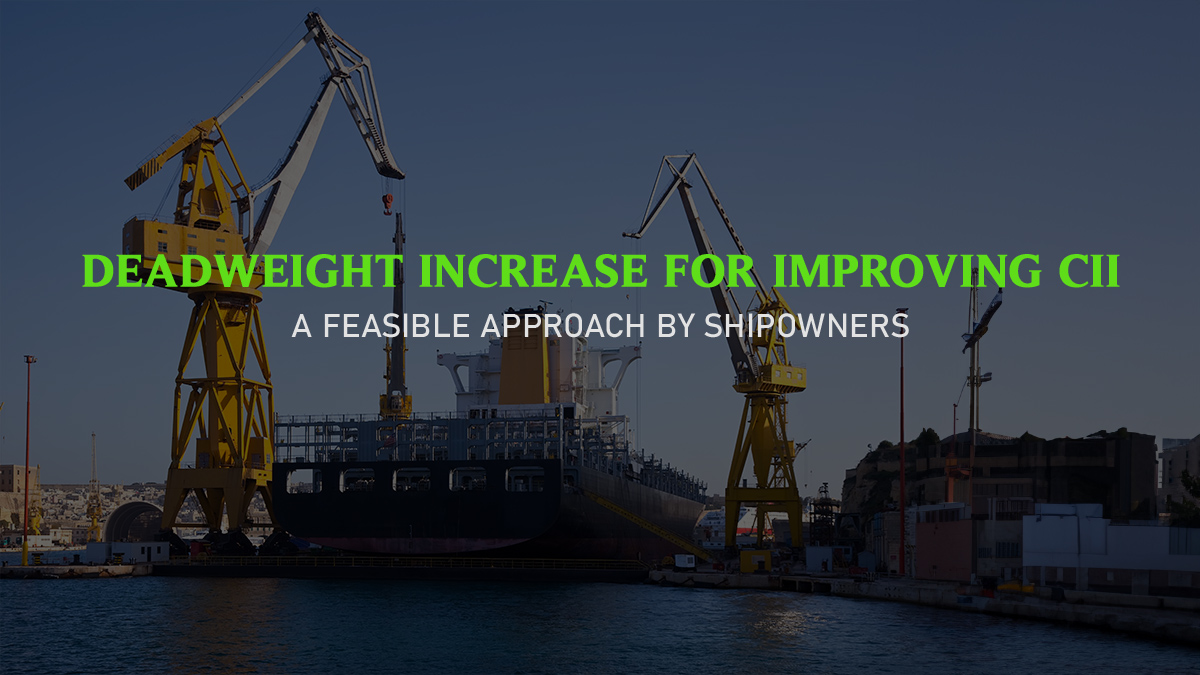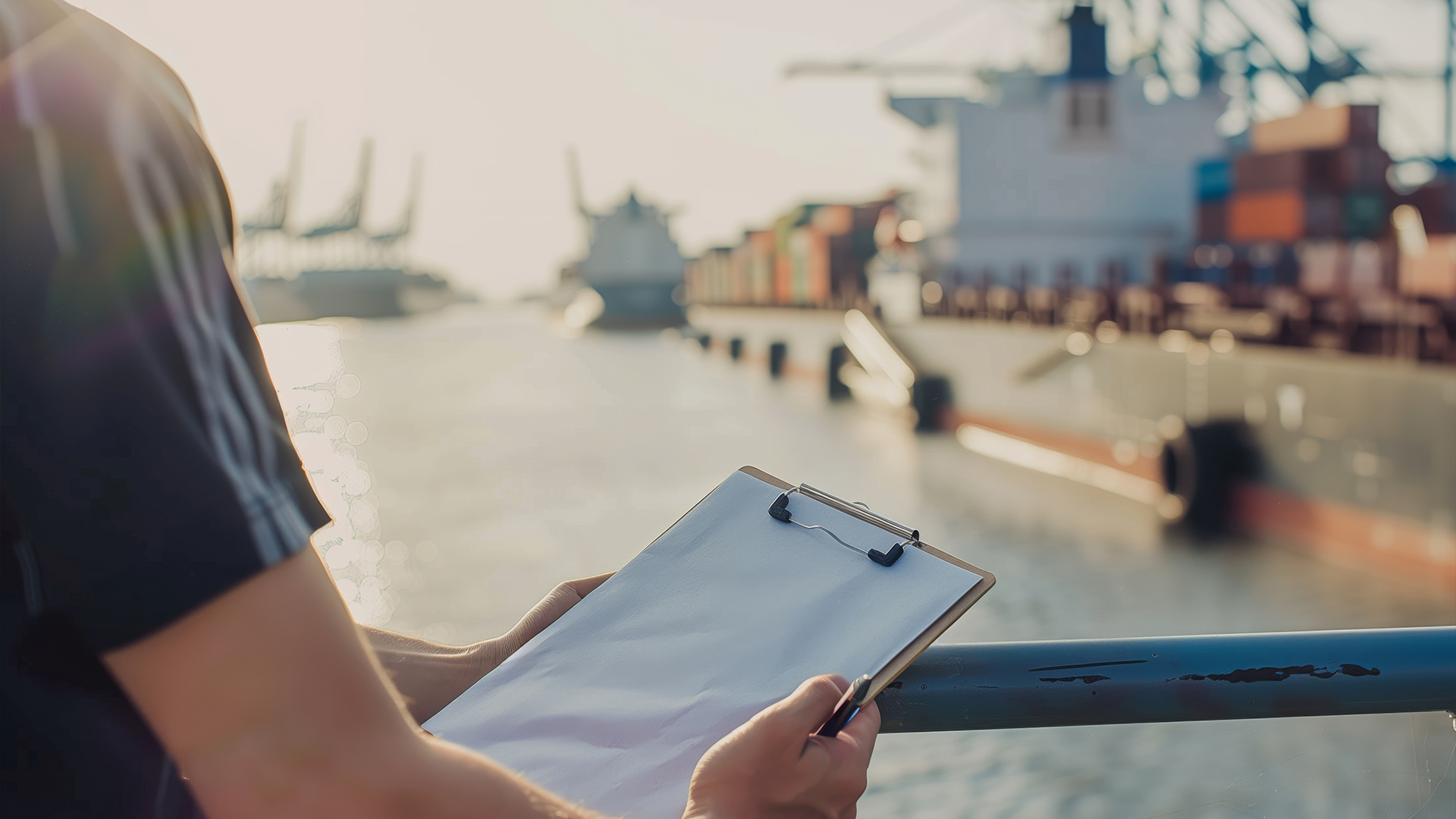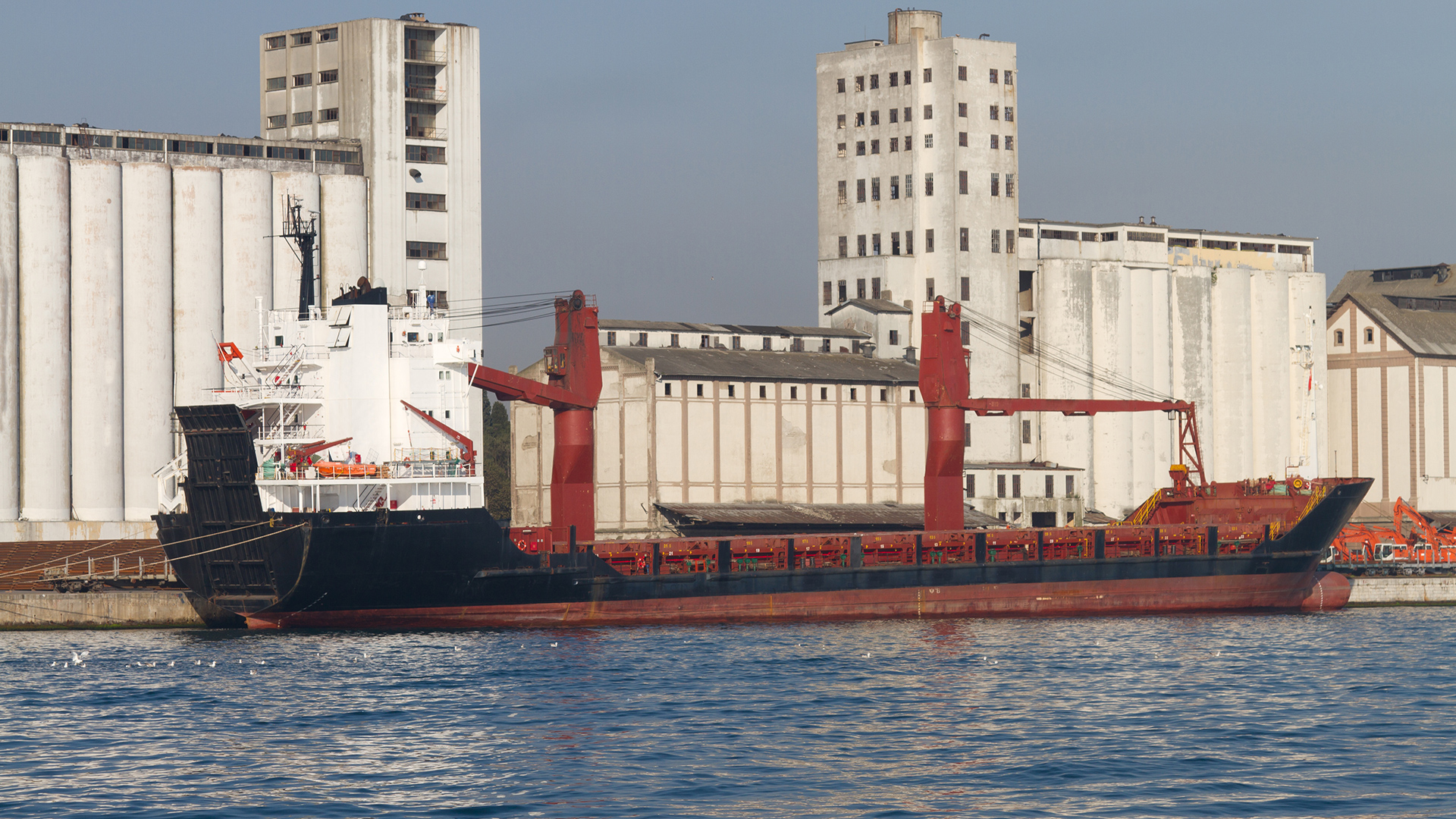DEADWEIGHT INCREASE FOR IMPROVING CII: A FEASIBLE APPROACH BY SHIPOWNERS

The Carbon Intensity Indicator (CII) happens to be a fiercely debated issue in the maritime industry. The CII was launched by the International Maritime Organization (IMO) and applies to ships greater than 5000 GT starting from January 2023. The intention is to reduce carbon emissions, but critics maintain that this is merely an indication of "trade efficiency" rather than actual "performance."
Difficulties on Compliance for Shipowners

Thus compliance under the CII rule poses multifaceted compliance challenges for shipowners and fleet managers. Failure to reach these targets may incur financial penalties, reputational damage, and impaired operational capabilities. The balance of several major factors into compliance includes:
Key Factors for Compliance:
- Speed Reduction: Reducing speed saves fuel and improves the CII score.
- Alternative Fuels: Using low-emission fuels can enhance that score but comes with high cost and uncertainty over availability.
- Energy-Efficient Technologies: Using wind power and optimized machinery can reduce fuel consumption but may require significant investment.
Under intense market competition, any improvement making a vessel attractive is vital. One relatively simple yet effective solution is a deadweight increase of the vessel, achieved without disrupting operations and potentially improving its CII score.
Understanding CII Compliance Issues
CII is part of the IMO's overall target and aims to reduce total emissions of shipping by 50% by 2050 (compared to the levels in 2008). This rating system classifies ships from A (best) to E (worst). A ship rated D for three consecutive years, or rated E at the moment, needs to submit a plan for improvement to boost its rating.
Key Challenges for Shipowners:
- Only 6% of the global fleet is equipped with alternative fuels, thus limiting options.
- Retrofitting energy-saving technologies requires huge capital investment.
- Drydocking and some technical upgrades disrupt operations.
- Fuel price volatility makes cost-benefit calculations unpredictable.
Against all odds, shipowners are shifting towards practical, less costly measures. Increasing deadweight capacity is one such measure to allow a vessel's summer load line to raise and thereby carry extra cargo without extensive structural changes.
Deadweight Increase: A Feasible Solution

Deadweight (DWT) is the capacity of a ship to carry cargo. By raising the summer load line, vessels can keep their fuel consumption constant while carrying more cargo, thus improving efficiency. Because DWT is in the denominator of the CII formula, raising it reduces carbon intensity in the ship.
How Does It Work?
This capacity improvement on deadweight permits further potential for carrying loads without additional fuel consumption, lending to fuel efficiency and reduced carbon production per ton-mile. A small change in draft, about 0.2 meters on a bulk carrier, can increase cargo capacity by over 1,000 tons.
Criteria for Ships Suitable for DWT Increase:
- Ships Operating Near Draft Limits: Vessels that have structural spare capacity yet can increase their draft without reinforcement.
- Older Vessels: Ships built under older design standards may have hidden capacity within their stability margins, making them strong candidates for draft increases.
- Vessels with Fixed Trade Routes: Ships traveling fixed routes with ports that can accommodate deeper drafts will benefit most.
Benefits for Shipowners
1. Cost-Effective Compliance
Compared to retrofitting a ship for alternative fuels or energy-saving technologies, adjusting a ship's summer load line requires minimal investment.
2. Minimal Operational Disruption
Deadweight increases integrate into existing operations and cause little or no downtime.
3. Enhanced Fuel Efficiency and CII Ratings
More cargo per voyage lowers fuel consumption per ton-mile and improves CII scores.
4. Long-Term Cost Savings
Lower fuel expenses and higher profit margins ensure sustainable cost reduction.
Implementation Steps for Shipowners
- Initial Assessment – Evaluate current draft and cargo capacity within stability margins.
- Feasibility Study – Conducted by naval architects, covering:
- Technical requirements
- Structural considerations
- Possible modifications to the draft
- Economic Impact Analysis – Study potential fuel savings, cargo revenue, and operational constraints at ports.
- Consult Classification Societies – Ensure compliance with safety and regulation standards.
- Drydock Modification Planning (if Needed) – Conduct modifications during routine drydocking to minimize downtime.
- Operational Procedure Updates – Amend loading and stability guidelines for new load line limits.
FAQs
1. What is maritime compliance?
Maritime compliance refers to adhering to international, national, and regional maritime laws governing ship operations, including:
- Safety and environmental regulations (IMO, SOLAS, MARPOL).
- Crew certifications and working conditions.
- Cargo handling and transport requirements.
- Vessel maintenance and inspection standards.
2. What is the code of conduct for shipowners?
The Code of Conduct for Shipowners outlines ethical, operational, and legal responsibilities, including:
- Adhering to IMO and national regulations.
- Fair treatment of seafarers (wages, working hours, and conditions).
- Environmental responsibility, ensuring compliance with emissions and pollution controls.
- Operational integrity, ensuring ships are maintained and operated safely.
- Anti-corruption and ethical business practices.
3. What is the Document of Compliance for ships?
The Document of Compliance (DOC) is an official certificate confirming that a shipping company’s vessels comply with the International Safety Management (ISM) Code.
- Issued by: Flag States or Classification Societies after audits.
- Mandatory for: All commercial vessels of 500 GT and above.
- Purpose: Ensures safety management systems (SMS) are in place for pollution prevention and crew safety.
4. How is ship compliance monitored?
Ship compliance is monitored through inspections and audits, including:
- Port State Control (PSC) Inspections – Random checks at ports for compliance with safety and environmental laws.
- Flag State Inspections – Audits by the country where the ship is registered.
- Classification Society Audits – Ensures vessels meet design, construction, and operational standards.
- CII Ratings Monitoring – Ships submit annual emissions data to IMO.
- Electronic Monitoring Systems – AI-driven tools track emissions, fuel usage, and vessel performance.
5. What is SOLAS compliance?
SOLAS (Safety of Life at Sea) compliance ensures ships meet international safety standards to prevent accidents and loss of life at sea.
- First adopted in 1914 after the Titanic disaster.
- Covers ship design, construction, fire safety, life-saving equipment, navigation, and emergency protocols.
- Mandatory for all commercial ships over 500 GT operating internationally.



